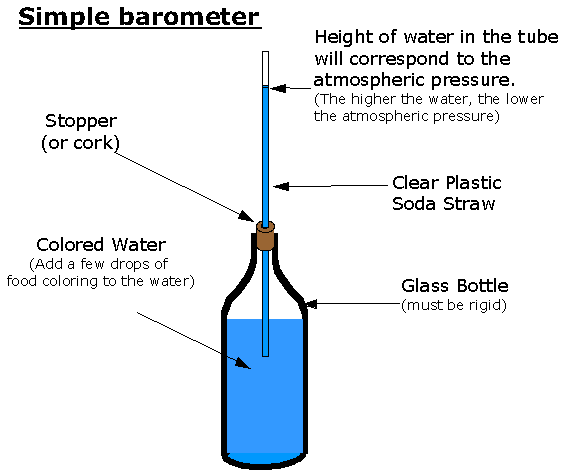sflcowboy78
Well-Known Member
I would be interested in atleast one.

I was ready to call BS on this
What? Why?
Seriously, I've got a vacant USB port just itchin' for some loving
a way to MacGuyver a stud sensor or something ingenious like that?

My best idea is to submerge something buoyant (like a hydrometer) to a predetermined level and use a force sensor to monitor how buoyant it is.
The problem with that, and with keeping a hydrometer in the fermentor, is the affect that the krausen will have. It’s presence will skew the reading and when it cakes on it will drag down the hydrometer or the swimmer.
How expensive are scales that have a 0.01% error?
Kai
What if it you held something similar to a hydrometer (glass with air enclosed) submerged under the surface about halfway? It could be held down by a force transducer which is then connected to the laptop? This eliminates any problems caused by krausen, air bubbles stuck to hydrometer on surface, and the hydrometer hitting the sides of some kind of containment tube.
I actually thought about that while I was typing the last response. The general problem with buoyancy measurements is, that the CO2 bubbles in solution will skew the results. Ever taken a hydrometer reading from a carbonated liquid? while there are bubbles still rising the hydrometer sinks in much further.
Kai
By definition, specific gravity is the liquid's density divided by the density of pure water at 68° F at atmospheric pressure. A pressure gage or d/p cell can provide an indication of level (accurate to better than 1%) over wide ranges, as long as the density of the liquid is constant. When a d/p cell is used, it will cancel out the effects of barometric pressure variations because both the liquid in the tank and the low pressure side of the d/p cell are exposed to the pressure of the atmosphere (Figure 7-1B). Therefore, the d/p cell reading will represent the tank level.

Just for anyone working on the weight method, 5 gallons of wort going from 1.060 to 1.010 will go from a weight of 44.228 lbs down to 42.142, losing just over 2 lbs. Seem right?
water being 8.345 lb/gal
Maybe someone makes a digital bathroom scale that could give good enough accuracy.
edit: Here's a scale for weighing pets that has a 44 lb capacity and half ounce resolution for 87.90. I don't like operating that close to max capacity but just an example of something that might work.
This may just be me and my background, but I have no confidence in the weight change method.
Why is that?
I might be interested in the large postal scale. This would also allow me to weigh my grain all at once w/o the limitation of 4lb at a time.
Kai
That's exactly what I figured, if weighing the fermenter doesn't work out I can still use it for that.
Why is that?
I might be interested in the large postal scale. This would also allow me to weigh my grain all at once w/o the limitation of 4lb at a time.
Kai
I got one of the 76lb .2oz resolution ebay scales. Some of them are free shipping and the bidding usually ends at 25. The one I got was 14.95 shipping and I got it for 9.95 making my total 24.90. If it isn't a piece of crap then that's a good deal to me.
Enter your email address to join: